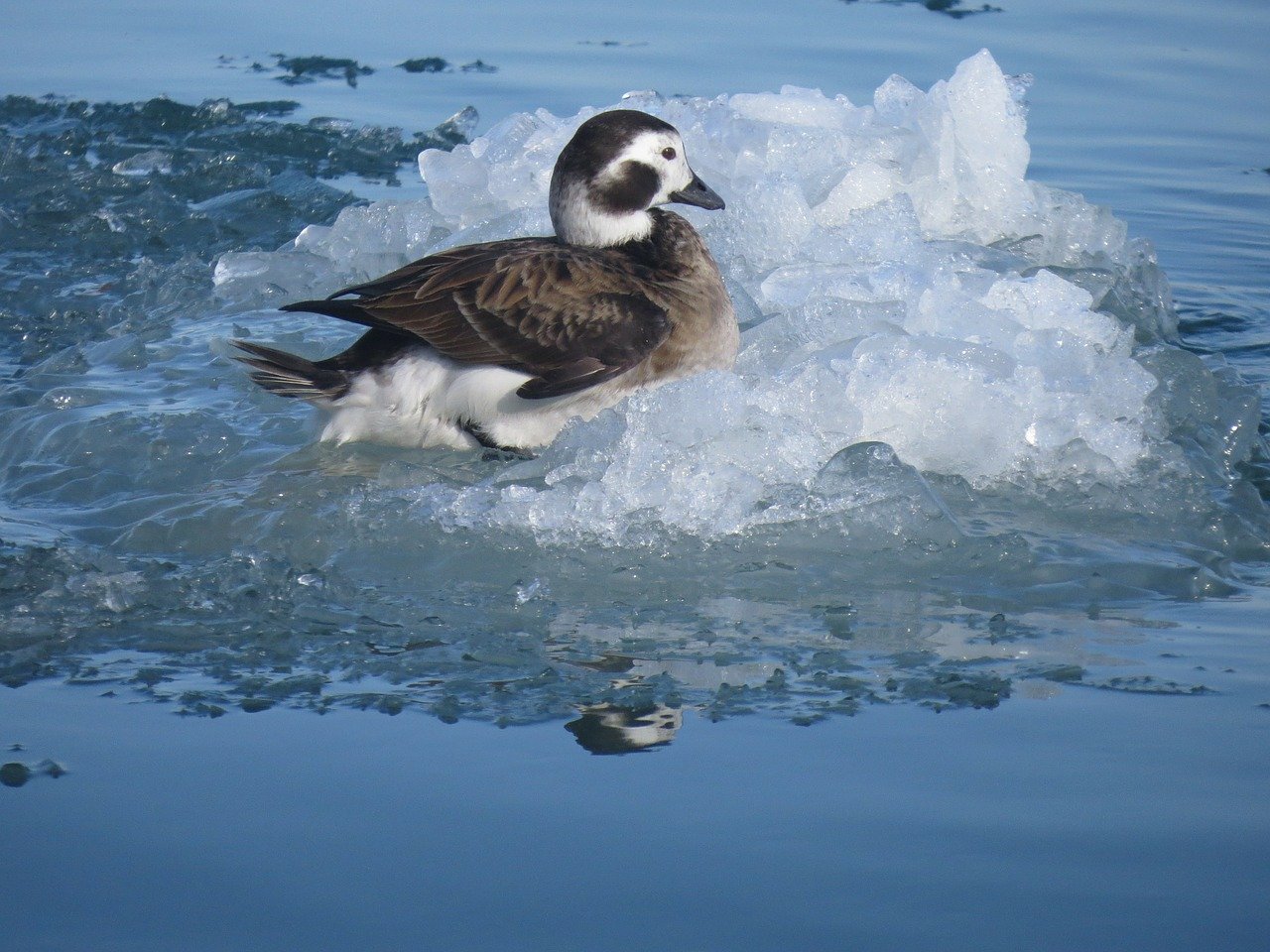Population structure among breeding and wintering Long-tailed Ducks Clangula hyemalis in the Western Palearctic
DOI:
https://doi.org/10.34080/os.v15.22732Keywords:
gel electrophoresis, winter ecology, geneticsAbstract
We used gel electrophoresis of common proteins and alloenzymes to study genetic variability among Long-tailed Ducks breeding in the northeast European tundra and wintering in the Baltic Sea. The observed genetic variability in the studied breeding population was lower than in birds sampled on winter ground in the Baltic. We found a similar genetic structure among the breeding birds and certain samples from wintering grounds in the Baltic Sea. The wintering birds showed evidence of genetic structure between years, possibly resulting from winter movements of different subpopulations of Long-tailed Ducks in the Baltic Sea. These findings are consistent with results of field surveys of Long-tailed Ducks wintering in the Baltic Sea.
Downloads

Downloads
Published
How to Cite
Issue
Section
License
The copyright of each contribution belongs to the author(s), but all contributions are published under a Creative Commons license, so that anyone is free to share and reuse the contribution as long as the copyright holder is attributed.







